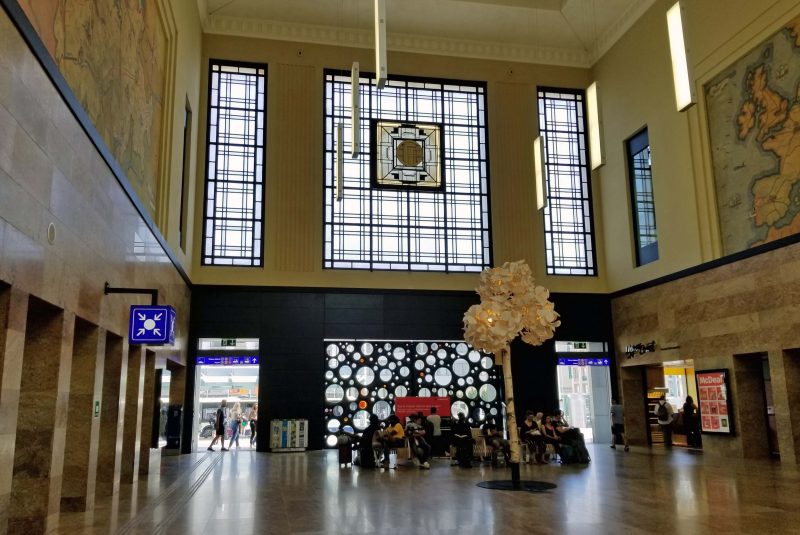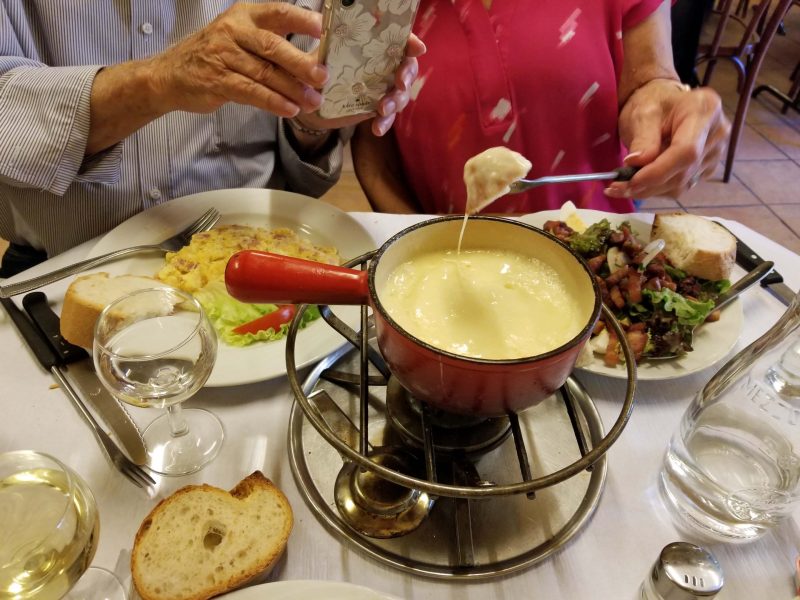Geneva is a very international city and is the headquarters for numerous international organizations, among them the Red Cross and the United Nations. Switzerland’s neutrality also makes it an inviting location for nations to discuss international issues with each other, so diplomats abound in the city. On a literary note, the Villa Diodati, set on the shore of Lake Geneva, was once a favored destination for traveling literary giants. One stormy summer night in 1816, Mary Shelley was staying at the villa and was inspired to write Frankenstein.
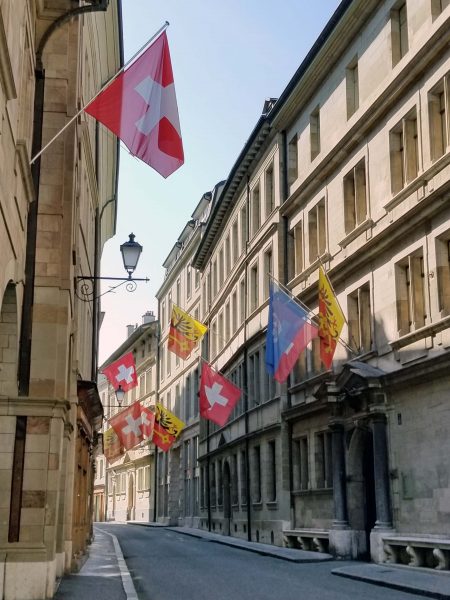
Geneva has a long tradition of watch-making. Throughout Switzerland, there are more stores selling watches than I’ve ever seen. There might be more watch stores in Switzerland than there are Walgreen’s, CVSs, and Wal-Marts combined in the U.S. I thought watches were going out of style in favor of cell phones, but our guide told us that, in Switzerland, even if you don’t look at your watch, you wear it for decoration. My favorite watch-makers’ slogan is that of Patek-Philippe: “You never really own a Patek-Philippe. You just care for it for the next generation.”
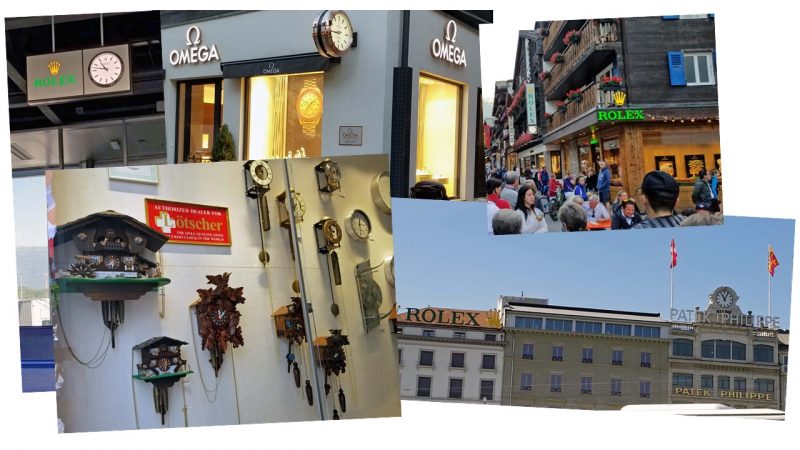
The English Garden in downtown Geneva features the L’horloge fleurie, a clock made of 65,000 flowers and plants, created as a symbol of Geneva’s watch-making tradition.
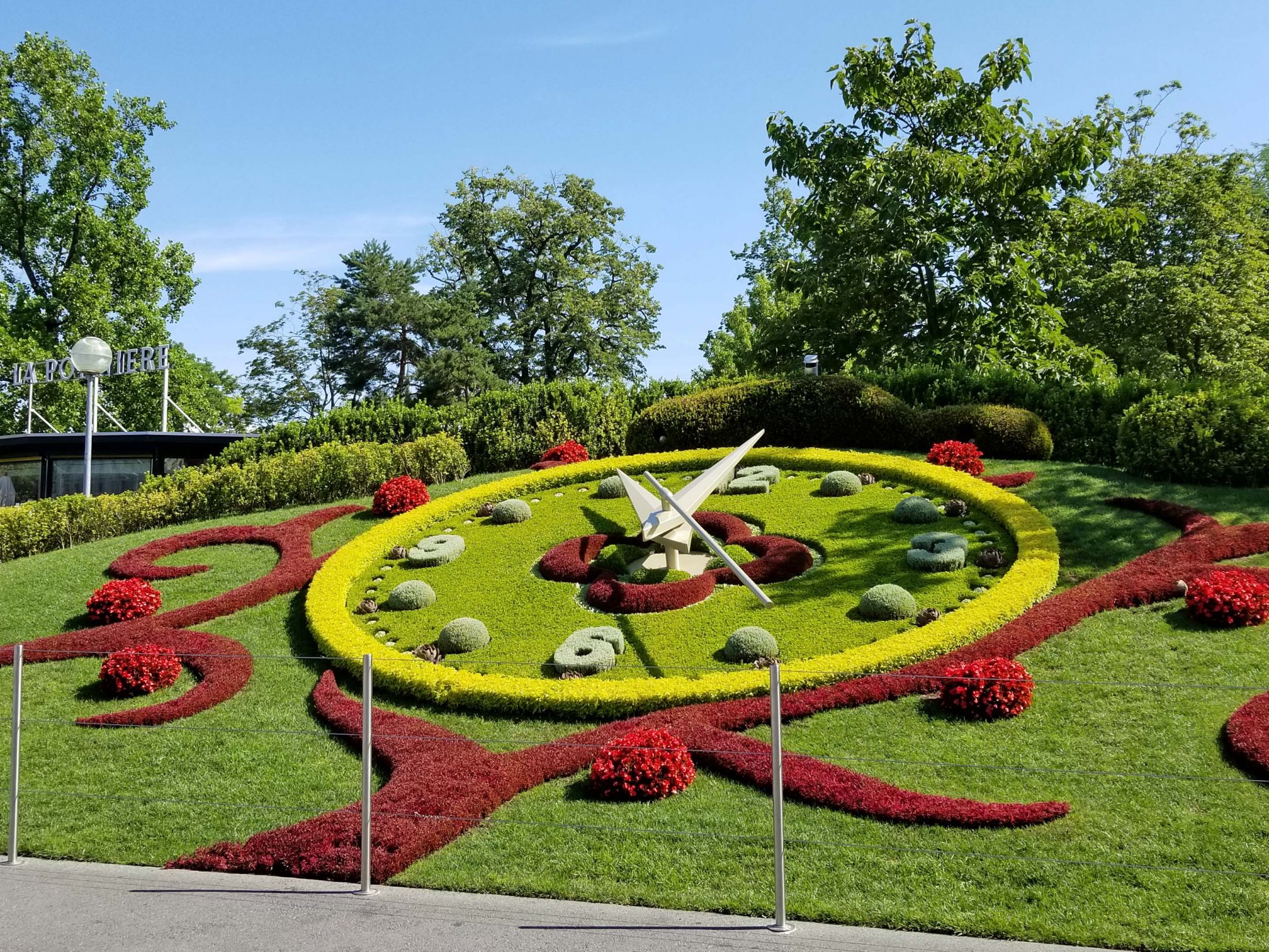
In 1859, Henry Dunant, a young Swiss man, came upon 40,000 dead or dying men following a bloody battle between imperial Austria and the Franco-Sardinian alliance. He organized local people to bind wounds and to feed and comfort the soldiers. Afterward, he called for national relief societies to care for those wounded in wars. In 1863, Dunant and four other Geneva men set up the organization that later became the International Committee of the Red Cross. They chose the inverted Swiss flag as their emblem. The following year, twelve governments adopted the first Geneva Convention, offering neutral medical services on the battlefield. Today, Ted and I toured the Red Cross Museum.

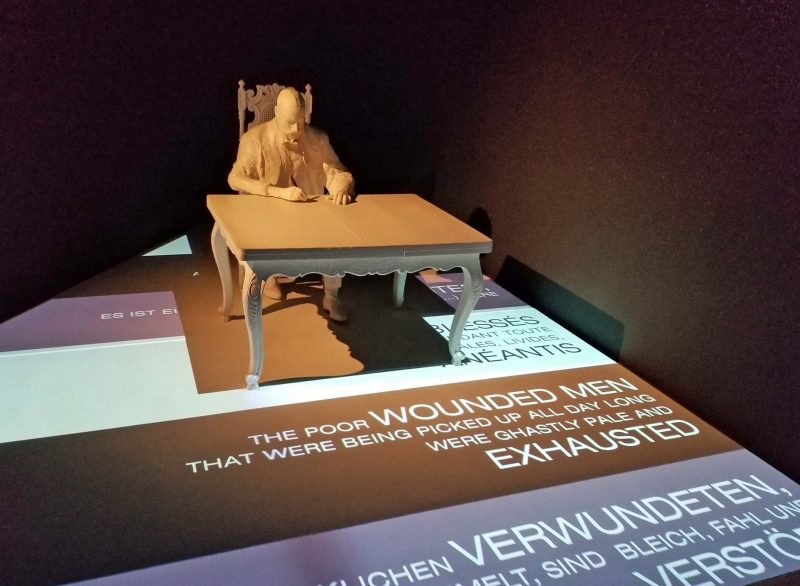
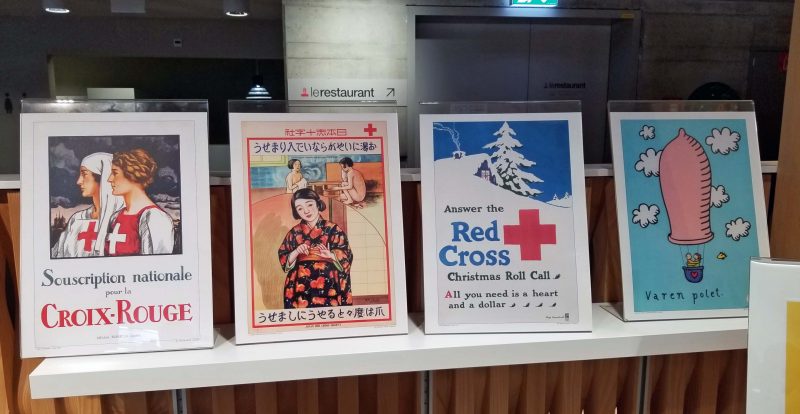

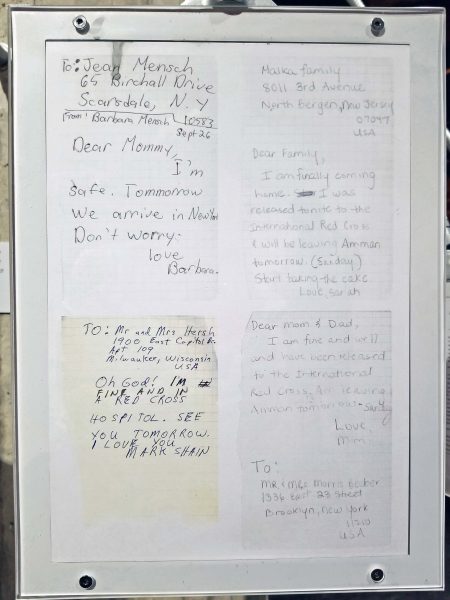
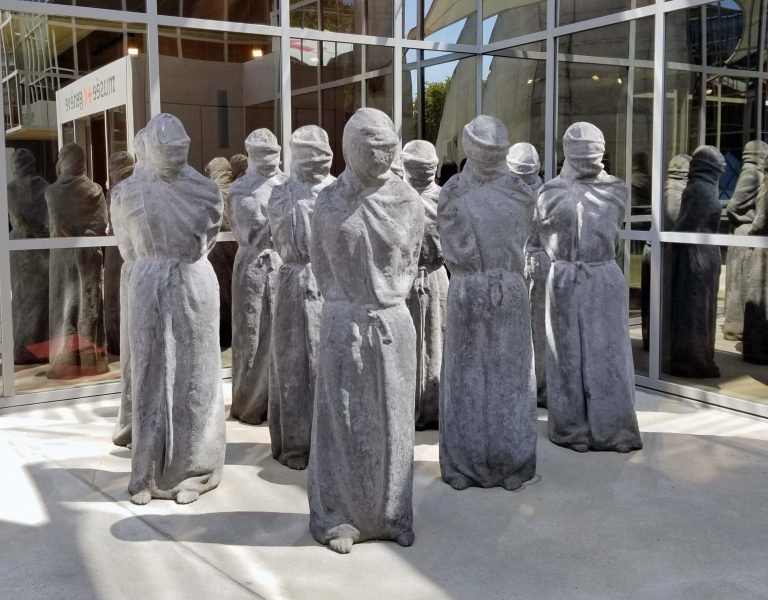
At the United Nations headquarters building, a forty-foot tall chair stands in front of the building. The chair has a broken leg to represent those who have lost limbs due to land mines. It makes a powerful statement. This was supposed to be a temporary exhibit, but the people of Geneva voted to make it permanent.
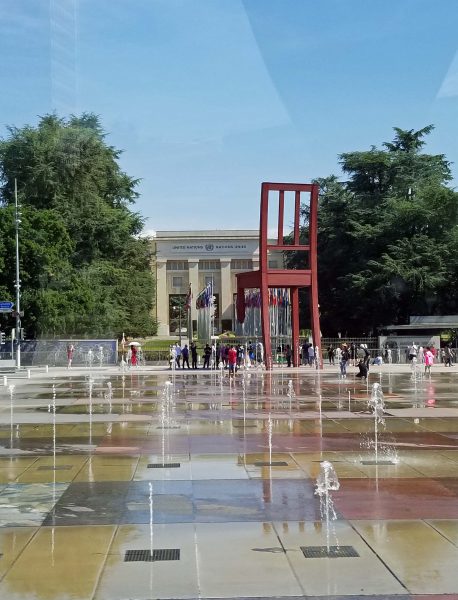
That was the end of our official touring. It was a heavy morning, so it was time to do something more lighthearted. Ted and I got on a bus and headed for the train station. The concierge told us the main train station includes a large shopping mall in which we could find the best chocolatier in town. Mm-mm, let’s go!
